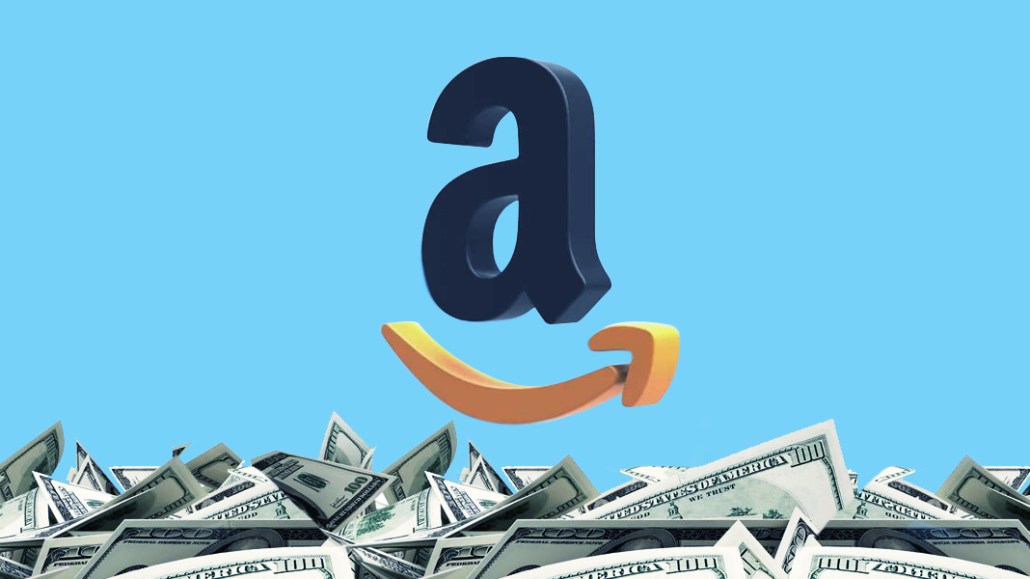Amazon is testing an attribution pixel, a key step in rivaling the duopoly

Amazon wants to leave marketers without doubt that its ads are better than those of its rivals at driving sales on its sites.
The retailer is testing its Amazon Attribution tool, which lets advertisers compare whether ads on its sites are more effective than those on its rivals. Only those advertisers that sell on Amazon, rather than through it, are being invited to the free trial. Competition for search rankings on Amazon is getting harder as more advertisers compete, forcing some to look elsewhere for traffic.
Page views, purchase rate and sales are among the conversion metrics advertisers can pick to pinpoint the influence of their display, search or video ads outside of Amazon.
“This move will encourage brands to drive more ads to Amazon because they’ll have attribution parity,” said Connor Folley, former Amazon executive and founder of search ad platform Downstream. “Brands will see how much better their Amazon product detail pages convert compared to their own site. From an ROI perspective they’ll be hard pressed to justify driving traffic elsewhere as a result.”
Like Google and Facebook, Amazon is effectively trying to take credit for the success of ads outside its own platform, whether they’re on a rival or publisher site.
Google has an advantage over Amazon in that most advertisers are likely using some form of Google attribution to measure not only their Google campaigns but also their their Amazon campaigns. Now, Amazon can have advertisers use its own attribution to measure ads outside of its own sites.
“Owning your own attribution lets you grade your own homework,” said Ben Tregoe, svp of revenue at ad tech company Nanigans. “The reason each platform is intent on having their own attribution system is that they know the other platforms cannot be trusted to properly credit ads outside their own platform. Google is always going to say it’s ads were more effective in driving the conversion just as Facebook and Amazon will.”
As intrigued as many advertisers are by ads on Amazon, they only spent $2.2 billion on its ads in the latest quarter, whereas they spent $28.9 billion over the same period. To loosen the purse strings, Amazon ran a series of attribution tests earlier in the year.
One advertiser that’s happy with the performance of Amazon’s ads is Pernod Ricard. The world’s second largest alcohol manufacturer will spend more on ads that drive sales back to its pages on the site as it looks to expand a fledgling ecommerce business.
“Amazon is a platform for both sales and advertising for Pernod Ricard,” Laurent Pillet, md of the company’s U.K. business told Digiday. “Over the last year we’ve dramatically increased the amount of media we buy on Amazon. On top of the media we buy, we’re also looking to sell more on Amazon. In 2017, our sales on Amazon grew by 100 percent and we’re now the second largest spirits provider for the site, with a market share of 10 percent. That’s far more than we have in traditional markets.”
An Amazon spokesperson said it would not reveal any further information about the pixel that wasn’t already included in the announcement it ran earlier this month.
Subscribe to the Digiday Retail Briefing: A weekly email with news, analysis and research covering the modernization of retail and e-commerce.
More in Media

Media Briefing: The top trends in the media industry for 2025
This week’s Media Briefing takes a look at the top trends from 2025, from digital advertising revenue performance to AI licensing deals.

Digiday Scorecard: Publishers rate Big Tech’s AI licensing deals
Digiday has compiled a scorecard grading AI platforms to make sense of the growing number of players in the AI content licensing market.

Publishers are hunting for AI prompt data — now they’re starting to get it from third-party companies
Publishers are finally gaining some visibility into AI search, as new prompt data tools crack open a black box.





